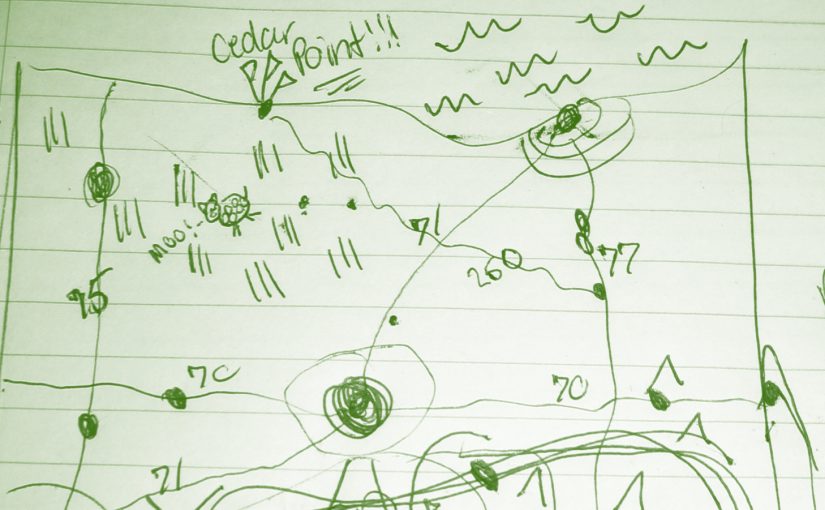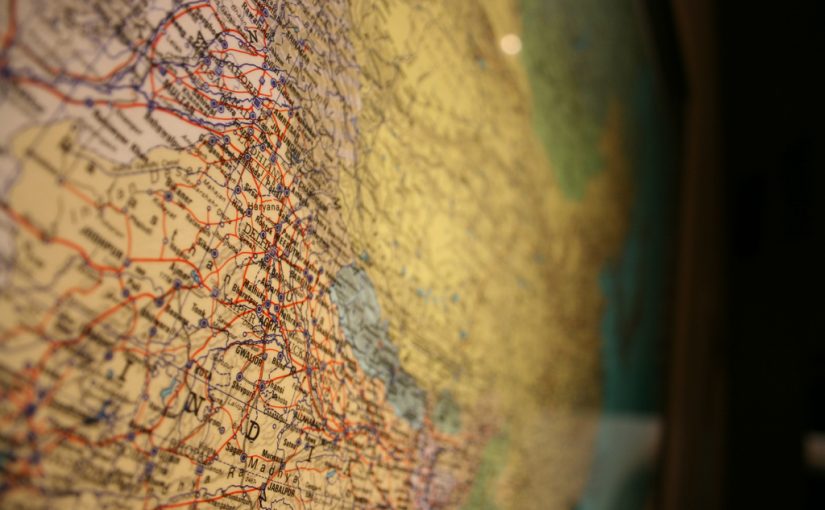Tag: maps
-
The Jarbochov Weekly Roundup (January 28th, 2022)
Once in a while, beyond our expecations, someone posts to a blog in the year 2022. ➡️
-
There’s a Map For That
Introduction In 2016 we have more information available at our fingertips than ever before. Now we can navigate to many locations with relative ease compared to the old word-of-mouth directions and paper maps of yesteryear. GPS units used to be a luxury, but with the growing number of smartphones everyone has access to free up-to-date… ➡️
-
Google Streetview Turns 1
Google Maps feature Streetview has turned one year old today. To celebrate they added 37 new areas and expanded coverage for 15 areas. MA: Springfield NY: Buffalo, Rochester, Syracuse NJ: Newark VA: Virginia Beach NC: Charlotte, Winston-Salem SC: Columbia, Greenville GA: Atlanta FL: Boca Raton, Cape Coral, Ft. Lauderdale, Jacksonville, Sarasota, West Palm Beach AL:… ➡️
-
Google Earth 4.3
Google is releasing an update to Google Earth today. The update will feature (but not limited to): Realtime Sunlight New navigational controls Streetview in Google Earth Google Sky Loads Quicker If you haven’t familarized yourself with Google Earth recently, it’s time to get reaquainted. Also, the picture to the left contains all actual data. The… ➡️


